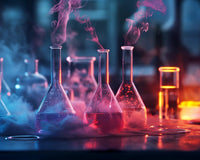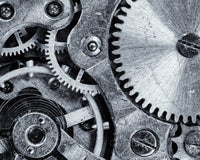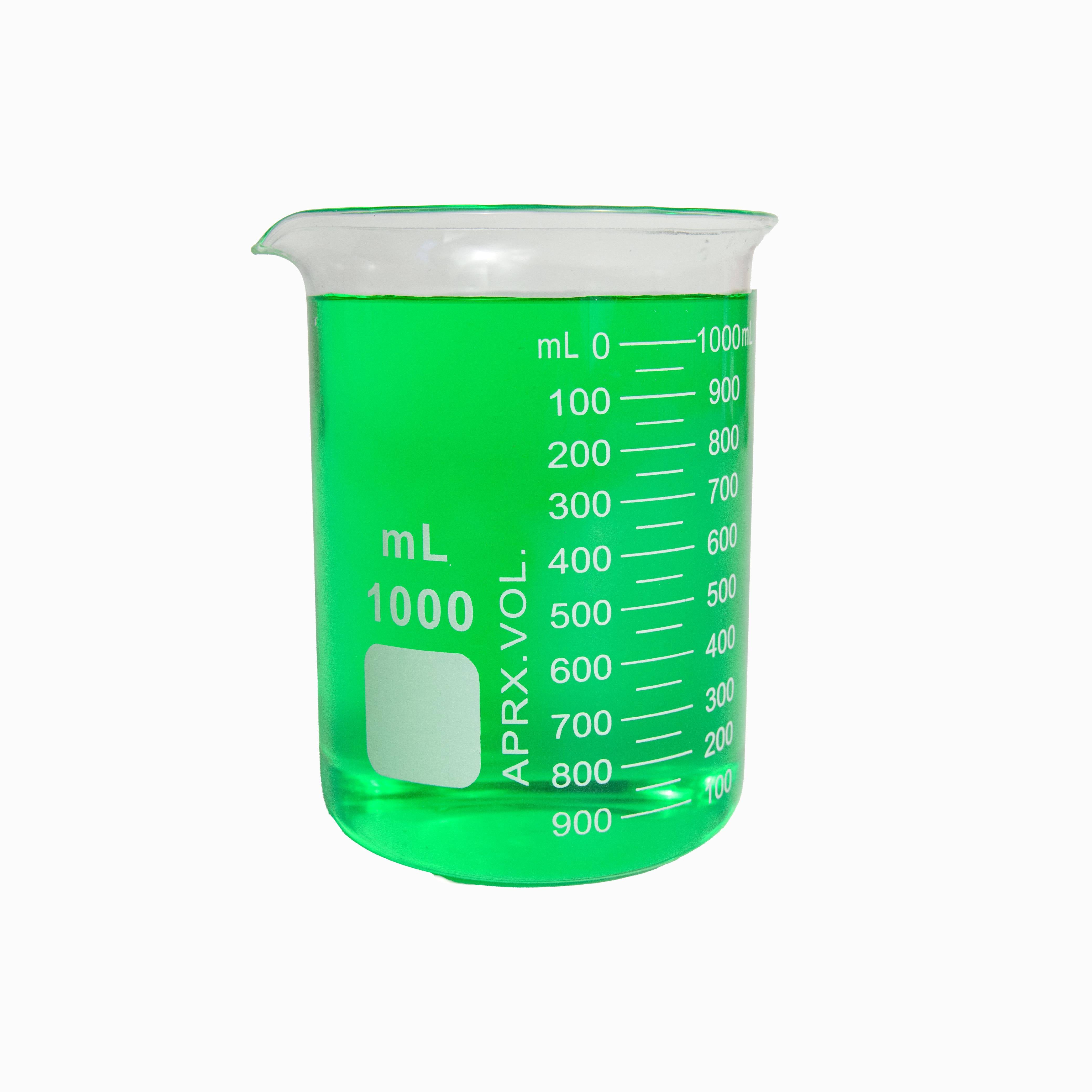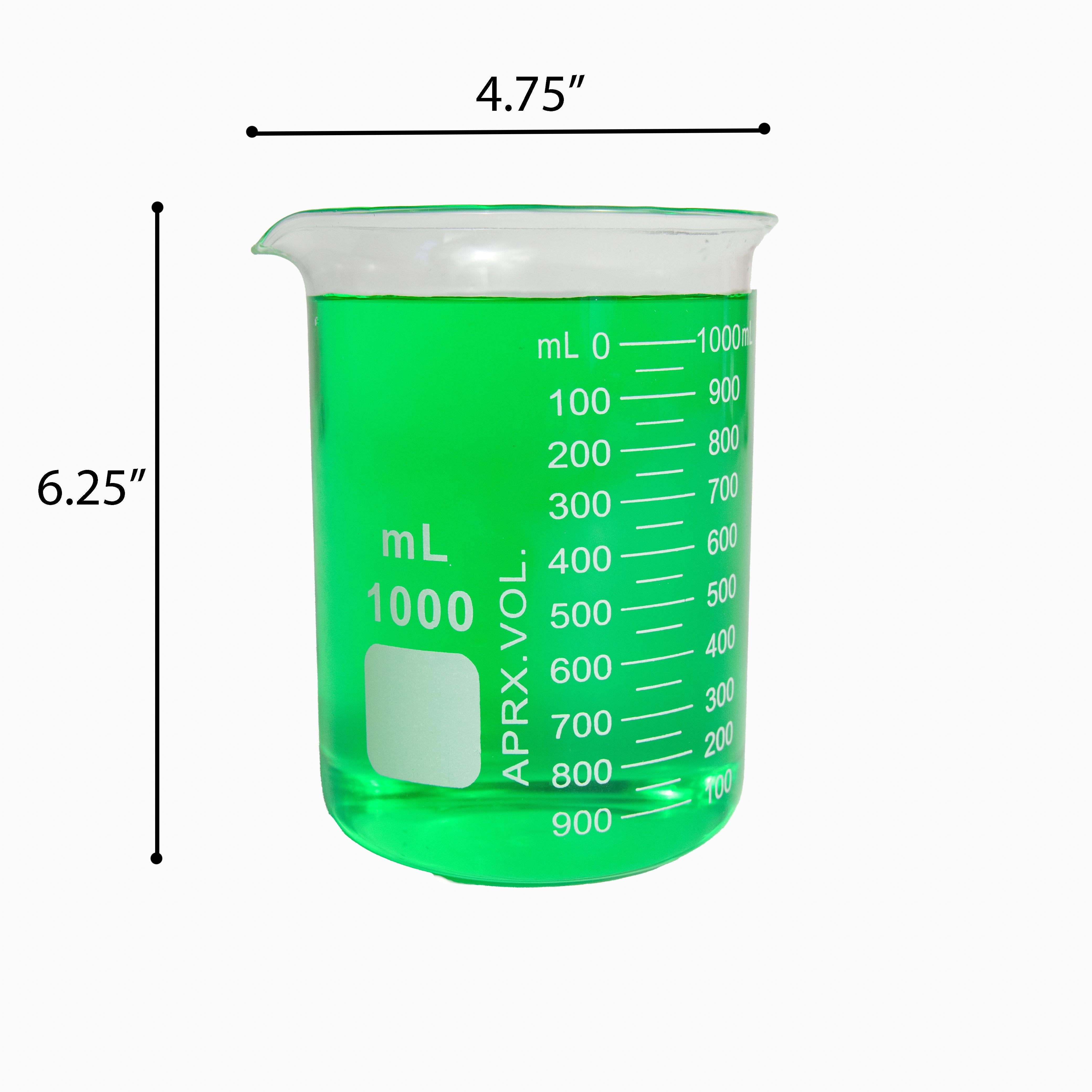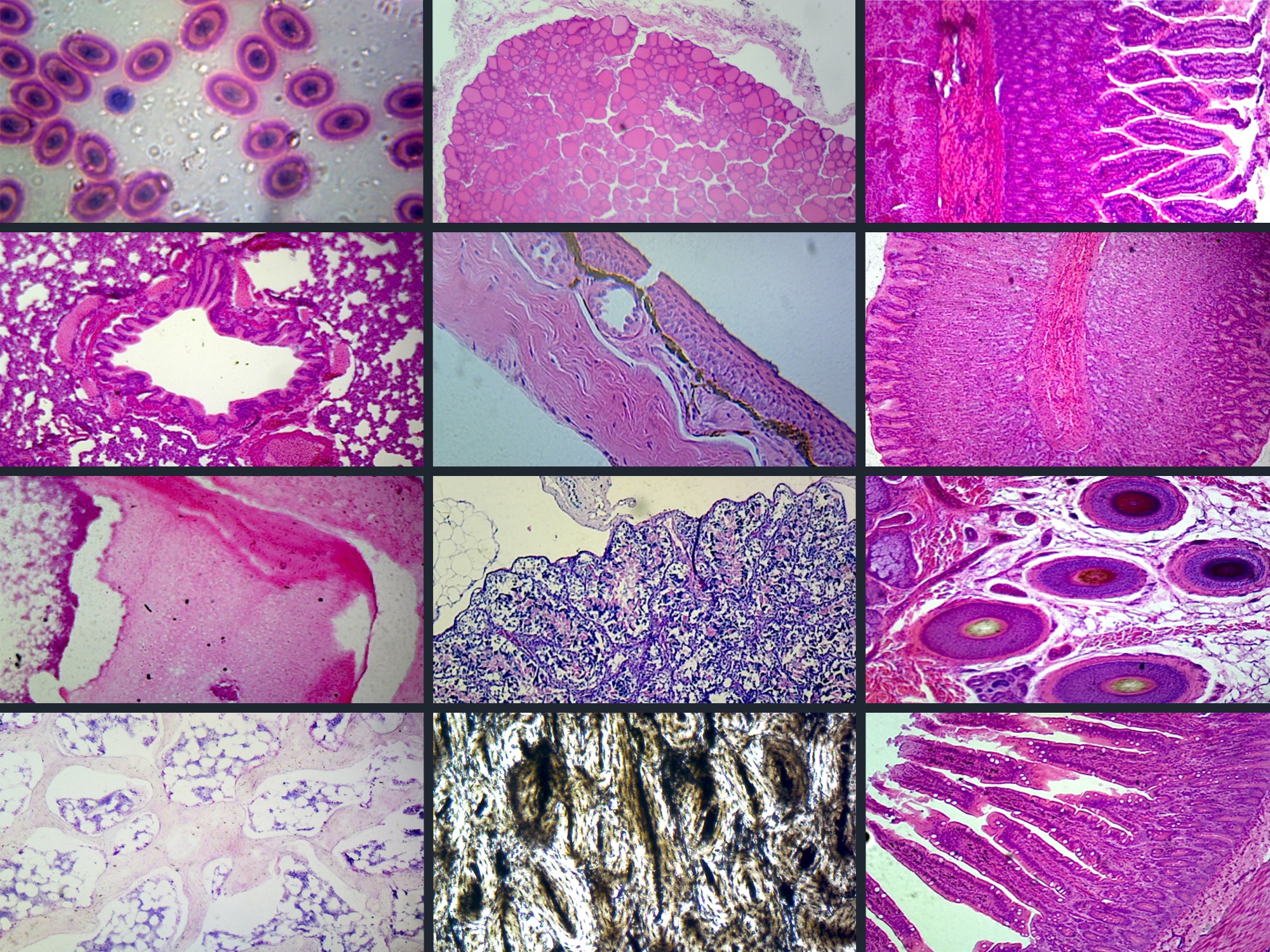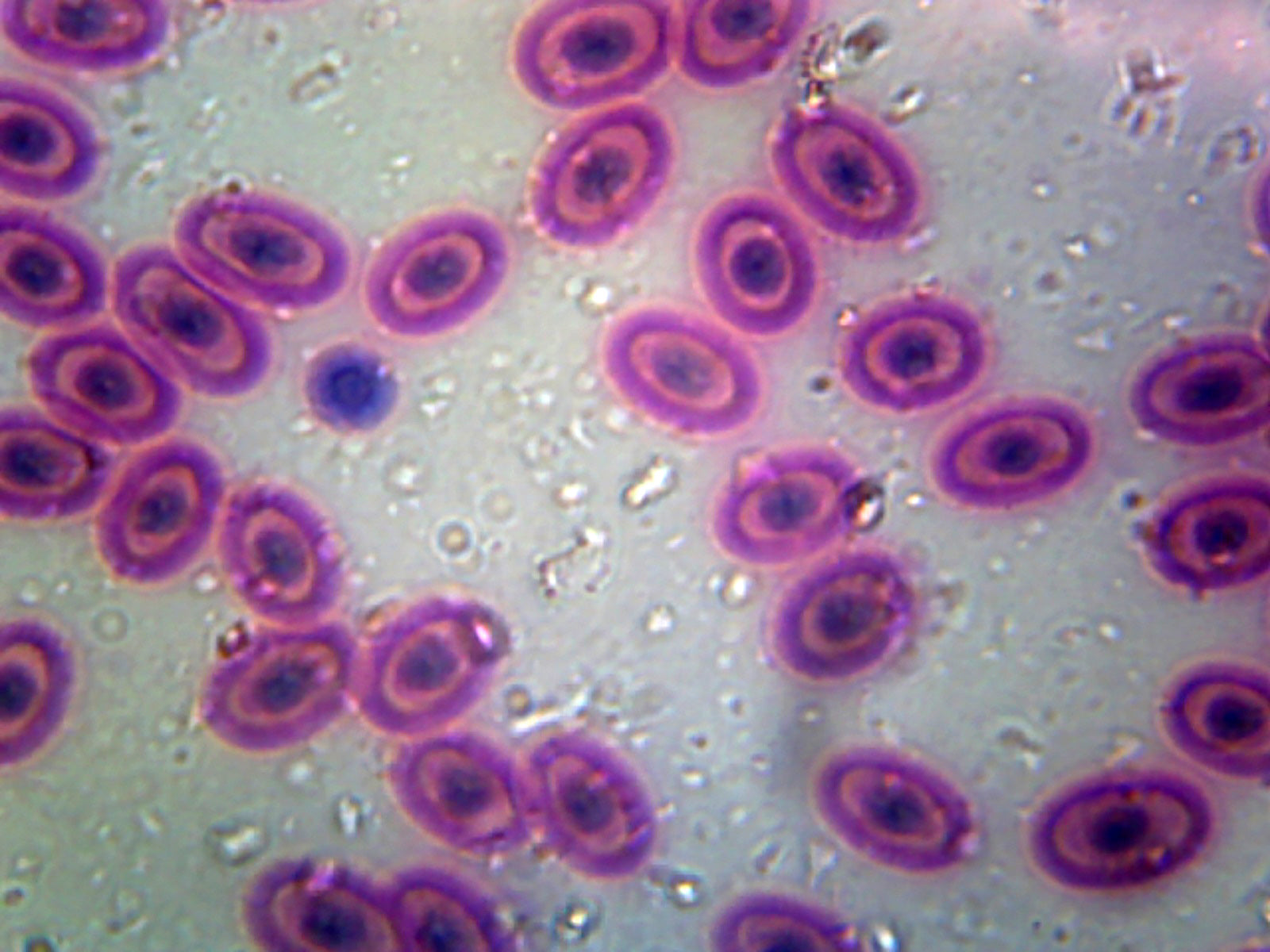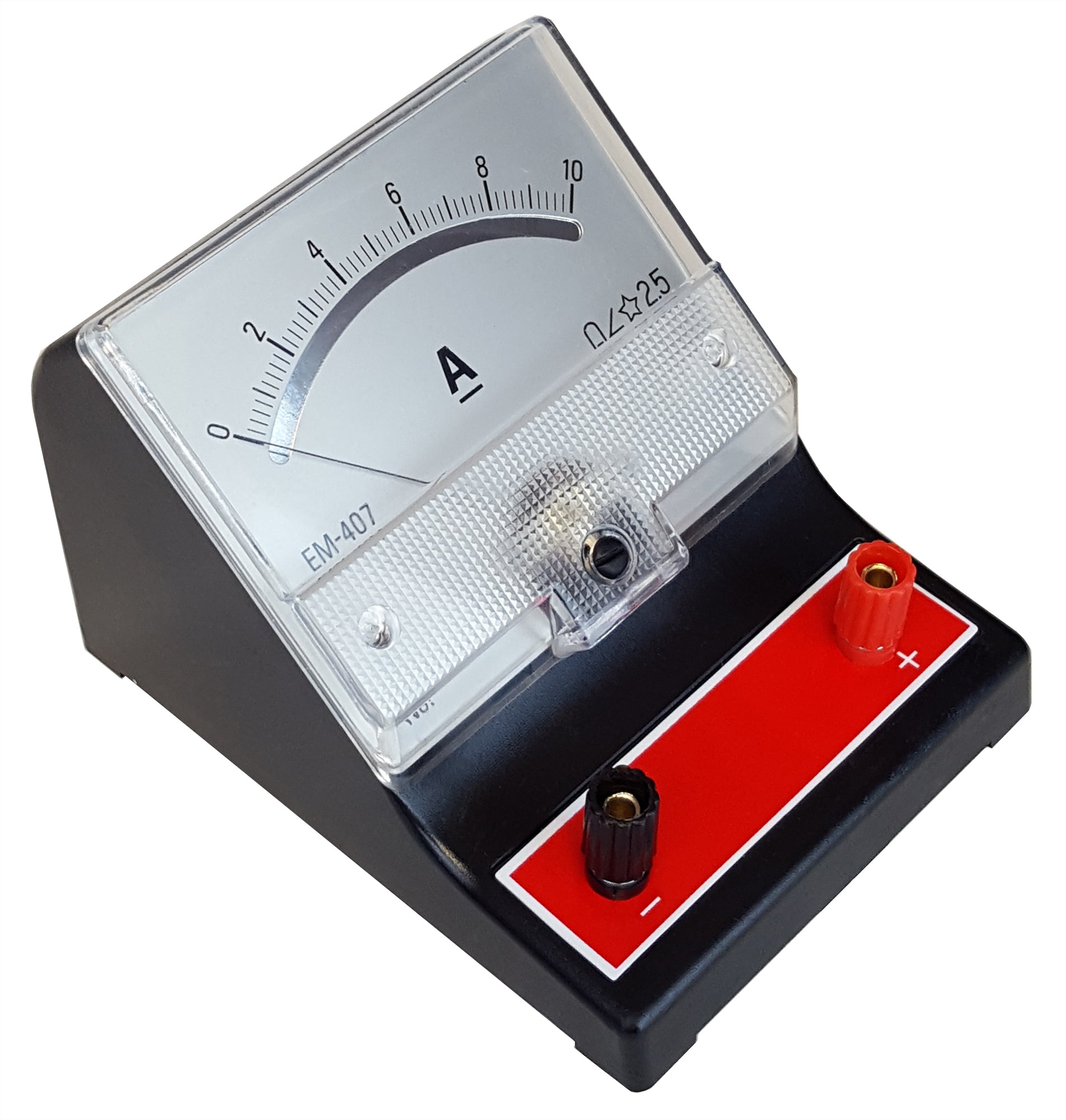Have you ever measured a liquid in a cylinder and wondered if residue from a previous experiment might be affecting your results? Do you know that improper cleaning can lead to inaccurate readings and contamination?
If you’ve struggled with stubborn stains, cloudy glass, or residue buildup, you’re not alone. Graduated cylinders are crucial for precise measurements, but they can quickly become unreliable if not cleaned and maintained properly. Want to know the best ways to keep them in pristine condition?
Let's explore a highly detailed and practical guide.
Rinse Immediately After Use
The moment you finish using a cylinder, rinse it immediately with distilled water. Why? Because dried residues become stubborn and hard to remove.
-
For water-based solutions: A simple rinse with distilled water is often enough.
-
For oils and viscous liquids: Use warm, soapy water, followed by distilled water.
- For strong acids or bases: Neutralize with an appropriate agent before rinsing.
Example: If you measured an acidic solution, rinse first with a dilute sodium bicarbonate solution before washing with distilled water. This prevents lingering acidity from corroding the glass.
Use the Proper Cleaning Agents
All cleaning agents are not created equal. The wrong one may damage the cylinder or deposit residues that affect subsequent measurements.
-
Mild detergents: Ideal for routine cleaning.
-
Dilute nitric acid (10%): Ideal for eliminating stubborn organic spots.
- Chromic acid cleaning solution: Do wonders on resistant spots but must be used carefully with gloves.
Example: If your cylinder is cloudy and has several uses, soaking it for a few minutes in a solution of 10% nitric acid will restore it to clearness.
Use Soft Brushes for Scrubbing
Scrubbing is required, but improper cleaning tools will result in scratches that will trap residues. Always apply a non-abrasive brush that is used for laboratory glassware.
-
Natural Bristle: Best for thorough cleaning but still gentle.
-
Foam brushes: Good for getting deep within high cylinders.
- Keep rough sponges out: They form micro-abrasions.
Example: When one has a resistant stain in the bottom of a slender tube, one might successfully get it off using a foam brush that's very long-handled and contains some mild detergent without marring the surface.
Dry Properly to Prevent Water Spots
Improper drying leads to water spots, which not only look unsightly but may also contain impurities. Drying thoroughly ensures cleanliness and prevents contamination.
-
Inverted drying: Place cylinders upside down on a drying rack.
-
Use lint-free cloths: If you must wipe, use a soft, lint-free cloth.
- Air drying in a dust-free area: Keeps the interior residue-free.
Example: If you're in a rush and need to dry a cylinder quickly, using compressed air (filtered and dry) is a great way to remove lingering water droplets without leaving streaks.
Store Properly to Avoid Damage
Storage is just as important as cleaning. Poorly stored graduated cylinders can develop cracks or accumulate dust.
- Store upright in a dedicated cabinet.
- Use protective covers for long-term storage.
- Keep away from extreme temperature changes to avoid thermal stress.
Example: If you need to store a cylinder for an extended period, placing it in a dust-free cabinet with a protective plastic sleeve will keep it clean and ready for use.
Conclusion
Cleaning and maintaining graduated cylinders isn’t just about aesthetics; it’s about accuracy, reliability, and longevity. Do you want your measurements to be consistently precise? Then, always rinse immediately, choose the right cleaning agents, scrub with care, dry thoroughly, and store properly. Whatever the liquid you measure, a clean cylinder ensures you get the most accurate results every time. Ready to put these steps into practice? Your experiments will thank you!


